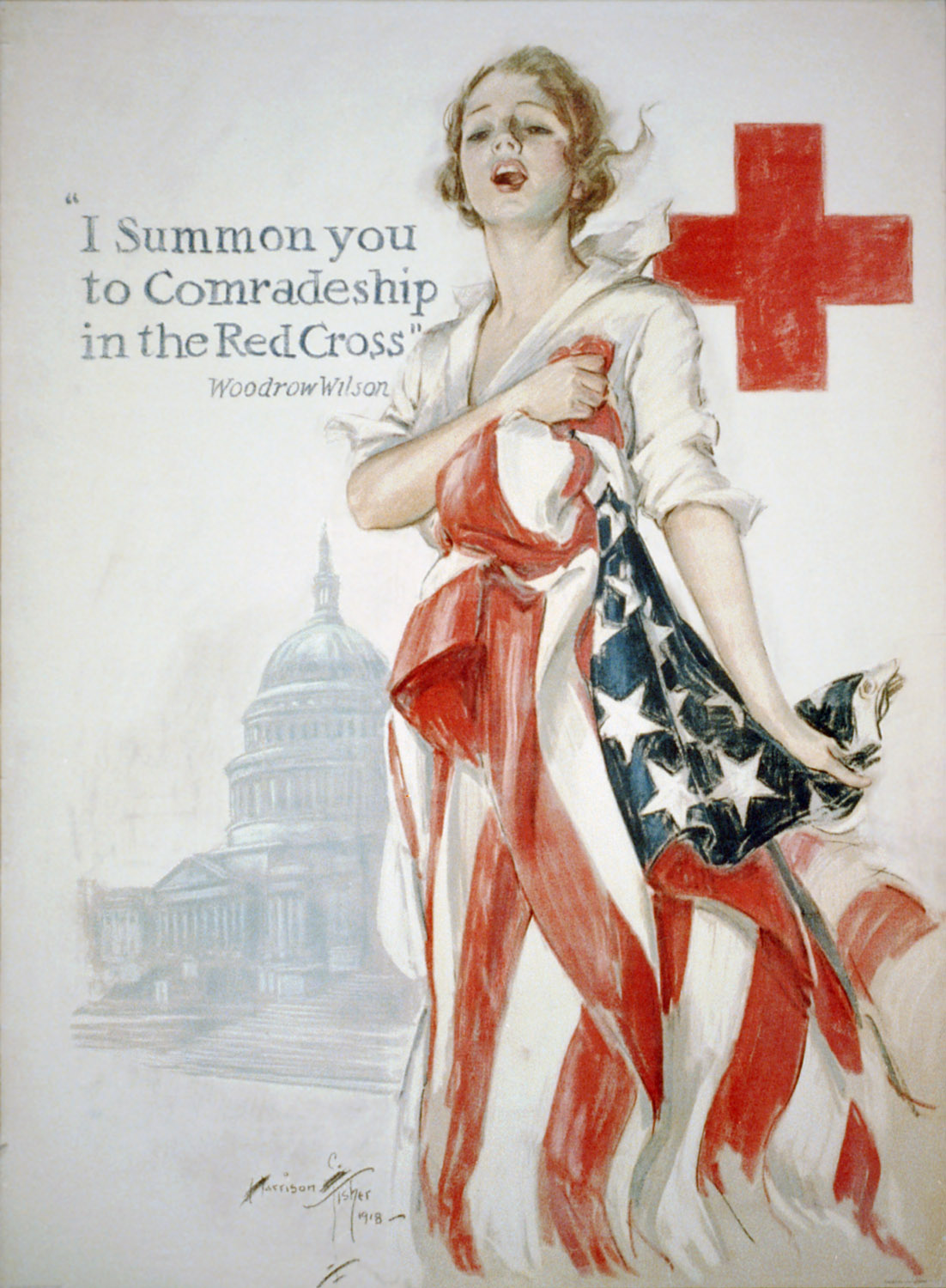
Julian Omidi is a philanthropist and social activist for many charitable causes. In today’s article, Julian takes a look at the five largest charitable organizations in the U.S. and discusses why each has been so successful.
There are thousands of charities out there competing for our donations of time and money, and numerous ways to ferret out the efficient, honest organizations from the others. That subject might be a focus of a future discussion on these pages. Today, I want to look at the biggest, best, most successful charitable entities in the U.S. These giant organizations can teach us much about how to raise money for our own causes.
Follow the leader
In any industry, even the nonprofit sector, the leaders are in that position for a reason. With charities, the top dogs know how to get the job done, how to raise funds, build donor lists, enlist volunteers, foster smart growth and serve their public. A recent study by Forbes Magazine (http://www.forbes.com/top-charities/) listed the 50 largest charities, using factors like total revenue, private support and fundraising efficiency as measuring sticks. You have almost certainly heard of the top five, and maybe all 50. What is it about each that catapulted them to the top of the philanthropy sector? What makes a good nonprofit? Let’s see if we can find a pattern by perusing the top five, shall we?
1. The United Way
The key to this organization’s success is wide appeal and extremely efficient fundraising. United Way raised nearly $4 billion last year through payroll deductions.
2. The Salvation Army
Essentially a church, SA is best known, and beloved, for delivering essential social services to some of the nation’s poorest citizens. Last year they raised slightly more than $2 billion, primarily through public solicitations at malls and department stores.
3. Feeding America
The Chicago-based, national food bank entity is nearing the $2 billion annual revenue level. Interestingly, most of its gifts are in the form of donated foodstuffs.
4. Task Force for Global Health
TFGH operates like a food bank but collects medicines instead. Those gifts are distributed to needy people all over the world. Last year TFGH took in about $1.5 billion in donated money and medicines.
5. American National Red Cross (not to be confused with the international organization)
The Red Cross raised $1.08 billion last year, which marked a 57 percent increase from the prior annual measurement. Whenever disaster strikes, the Red Cross is there. This organization is one of the best known charities in the world.
All the top five charities are efficient at using funds, serve a wide demographic and do a decent amount of advertising to get their message out. Most importantly, they tenaciously stick to their original goals. Smaller nonprofits could do well to abide by these general guidelines.
So, for those of you who are thinking about starting a charitable organization to assist a favorite cause, remember to stick to your dream, spend wisely and make a name for your nonprofit, at least within your own community. It’s always a good idea to set aside some of your donations for advertising purposes.
Be good to each other,
Julian Omidi
The Omidi Brothers, Julian Omidi and Michael Omidi, are co-founders of several charities including No More Poverty (link), The Children’s Obesity Fund and Civic Duty.


